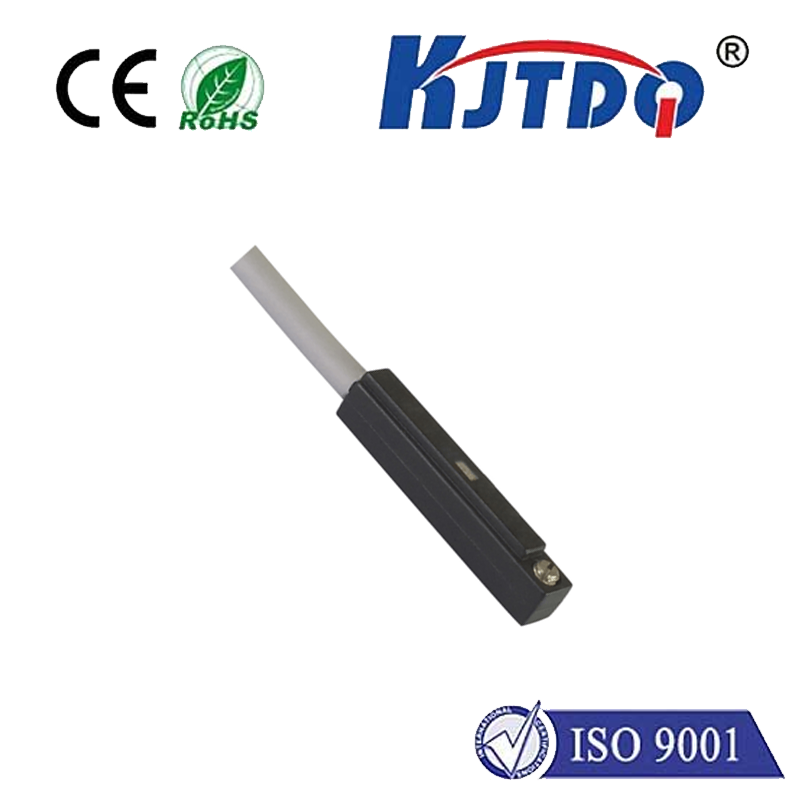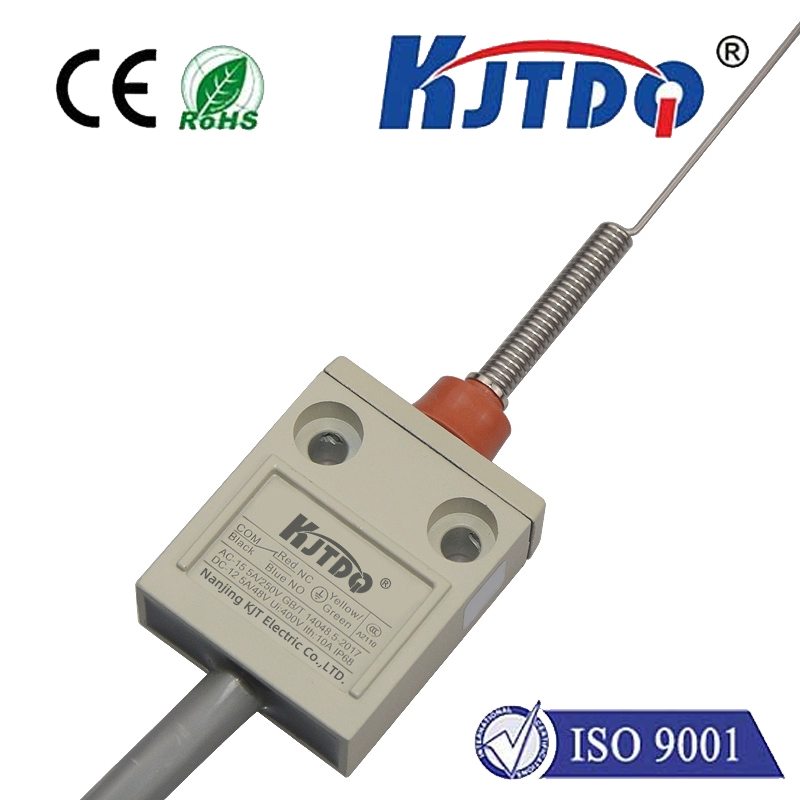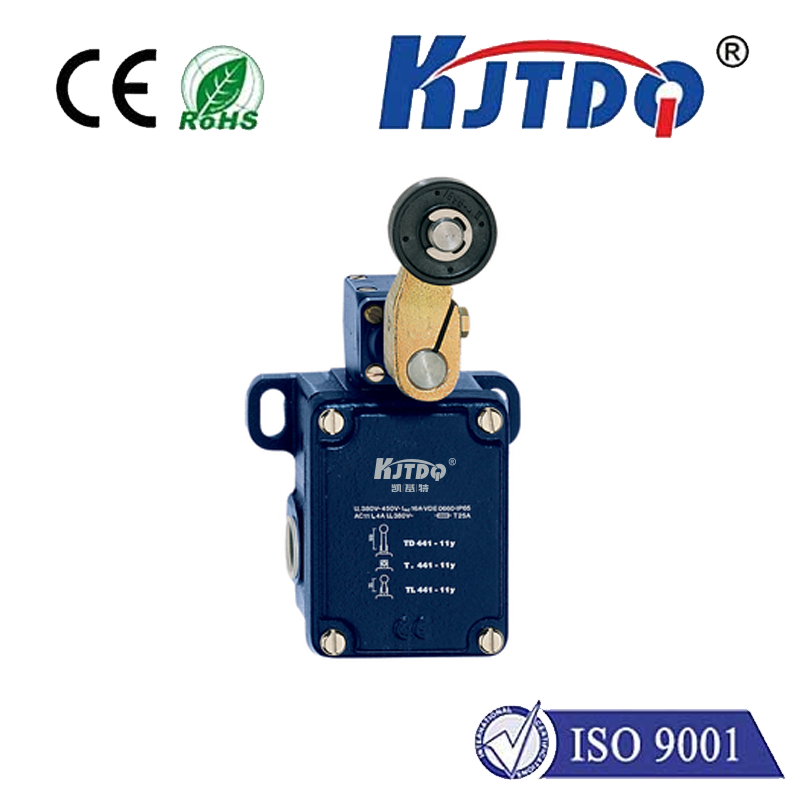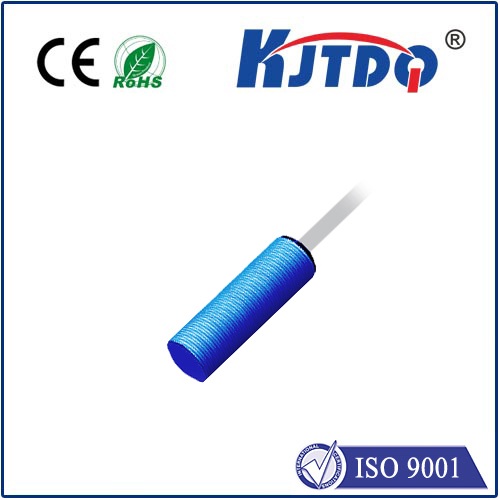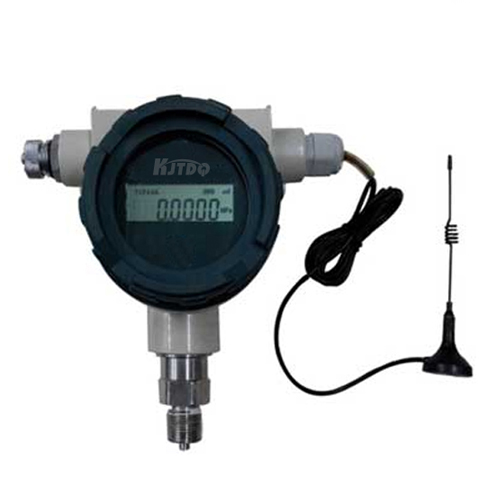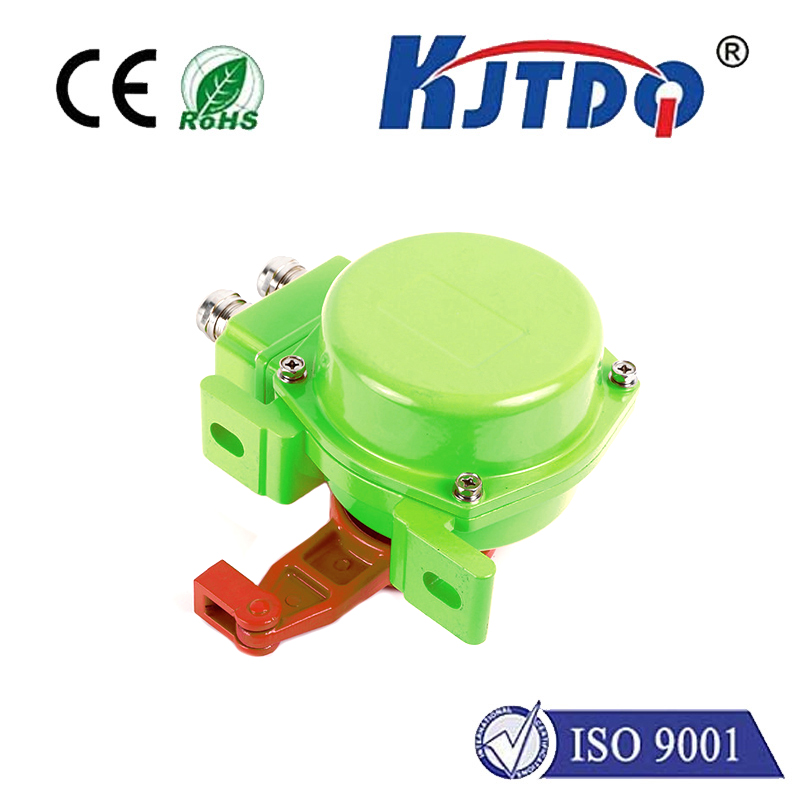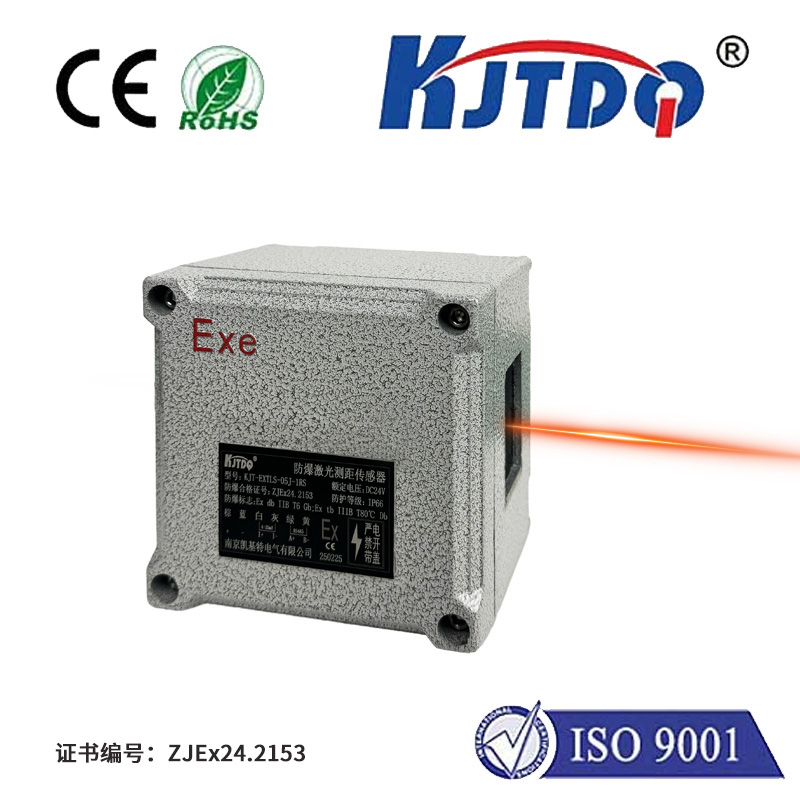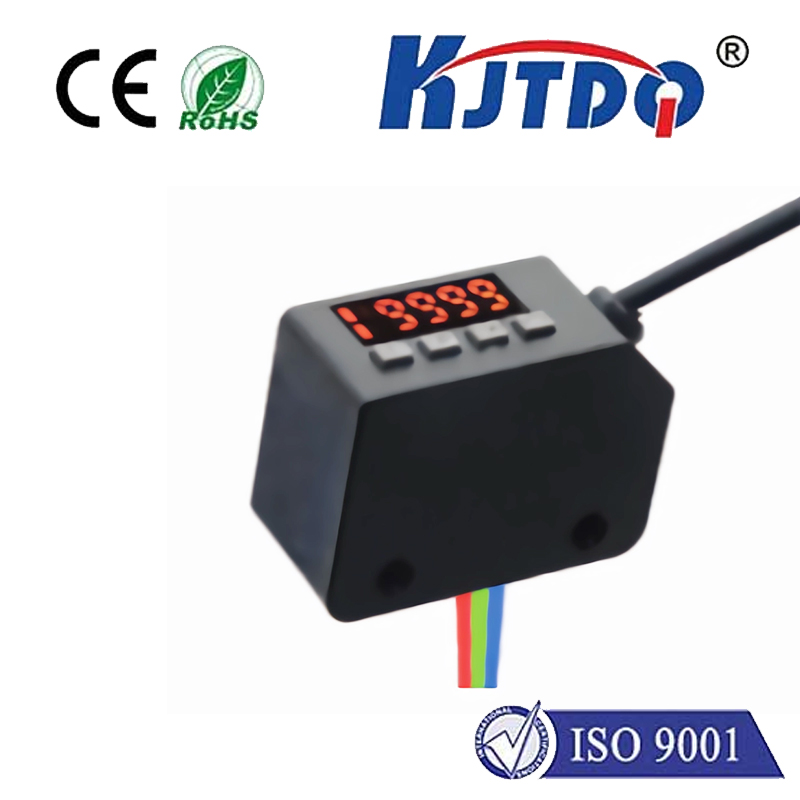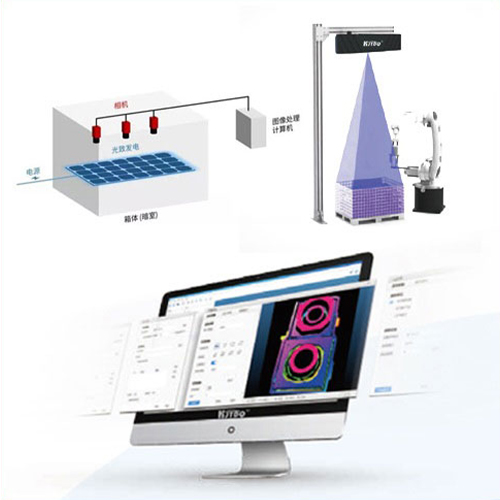

check

check

check

check

check

check

check

check

check

check
Title: Unlocking the Power of Spring-Loaded Limit Switches in Industrial Automation
Introduction
Spring-loaded limit switches are a critical component in industrial automation systems, particularly when it comes to controlling the motion of mechanical devices. These switches use a spring that stores energy and releases it upon contact with an external trigger, effectively shutting off or opening circuits based on the state of the switch. In this article, we'll explore the benefits of using spring-loaded limit switches in automation, as well as some common applications and design considerations.
The Benefits of Spring-Loaded Limit Switches
Spring-loaded limit switches offer several advantages over traditional toggle switches or magnetic switches, making them a popular choice in industrial settings:
1. High reliability: Since the switch contacts are enclosed in a sealed chamber with a spring, there is no risk of dust or debris contaminating the mechanism, ensuring consistent operation under varying environmental conditions.
2. Easy to install: Spring-loaded limit switches can be installed directly into the machine's mechanical components, simplifying the overall control system design and reducing costs.
3. Rapid response: The spring's ability to store and release energy quickly ensures a reliable and precise response time, even in high-speed applications.
4. Versatile functionality: Spring-loaded limit switches can be used for various purposes, such as turning on/off motors, controlling position sensors, and monitoring system status.
Common Applications of Spring-Loaded Limit Switches
Spring-loaded limit switches have numerous applications in industrial automation, ranging from small precision equipment to large-scale machinery:
1. Conveyor systems: These switches are commonly used in conveyor belts to monitor the position of materials and prevent damage to machinery or operators.
2. Industrial robotics: Spring-loaded limit switches can be integrated into robots for precise positioning and control, enabling seamless communication between humans and machines.
3. Packaging machines: These switches help maintain accurate packaging rates by detecting when bags or boxes need to be replaced or adjusted.
4. Printing presses: Spring-loaded limit switches can be used to regulate the movement of printheads and ensure uniform printing quality.
Design Considerations for Spring-Loaded Limit Switches
When selecting and designing spring-loaded limit switches for industrial automation, it's essential to take into account factors such as:
1. Operating conditions: Consider the temperature, humidity, and vibration levels that the switch will encounter in its environment to ensure compatibility with the mechanical components it will be attached to.
2. Contact resistance: Determine the appropriate contact resistance range for the specific application to ensure reliable operation even under challenging conditions.
3. Travel distance and force: Estimate the desired travel distance and force required by the switch to meet its functional requirements while minimizing wear and tear on the mechanism.
Conclusion
Spring-loaded limit switches play a crucial role in modern industrial automation systems by providing fast, reliable, and versatile control solutions for a wide range of applications. By considering key design factors and choosing the right type of switch for each task, companies can optimize their manufacturing processes and enhance worker safety while achieving higher efficiency and productivity.
